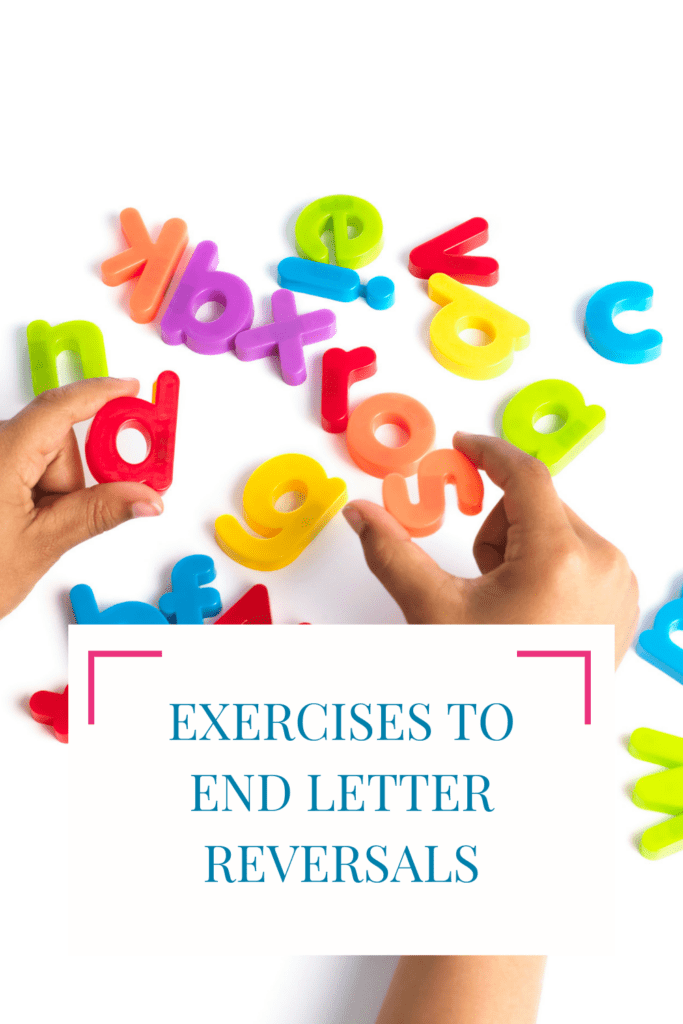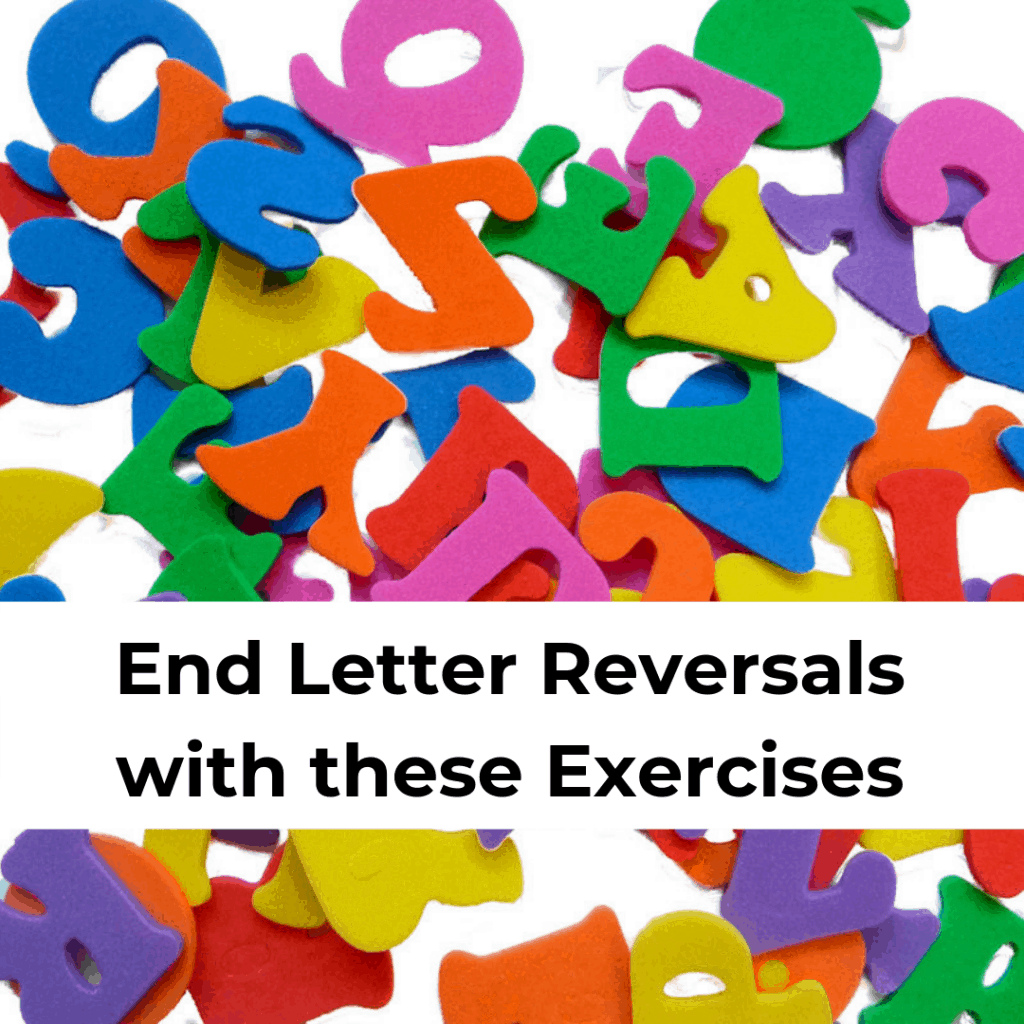Does your child have difficulty distinguishing one number or letter from another?
Are they clumsy or do they have poor motor skills?
Do they skip lines or words when reading or mistake a letter or word for a similar one?
If letter reversals persist past age seven or affect your child’s ability to make gains in reading then they may have weak visual processing. This is when the brain has difficulty making sense of the information that is received through the eyes. This can impact the ability to read, focus and learn in all subjects.
Up to twenty percent of children have a reading disorder and often a weak visual system plays a role. A standard vision test may indicate your child has 20/20 vision, but being near or far-sighted is only one factor.
To read fluently, your child’s eyes need to be able to scan smoothly from left to right, to work together when they converge and diverge and to move effortlessly and automatically from one target to another. Vision is processed not just through the eyes but in the brain–known as visual processing.
Everything from visual memory, eye movements, to processing symbols as well as depth perception are part of visual processing. Problems with any of these areas can lead to a child doing poorly in school and even being diagnosed with a learning disability when in fact poor visual processing may be a culprit.
The vestibular system or balance also plays a significant role in reading and writing that extends far beyond staying upright. If your child has a weak vestibular system then not only will their balance and coordination be affected but their ability to read fluently.
This is because the vestibular system works in conjunction with the visual system. If the vestibular system is under-developed then your child may complain that words or letters move, are backwards or appear double because their vestibular system is not allowing their eyes to stay focused on their target.
Signs of Poor Visual Processing
Reversals are not uncommon as children learn to read and write–but it can also be a sign of an underlying reading disorder and can even cause problems with attention. Regardless, reversals should generally not persist beyond grade 2 and if they do getting your child screened for poor visual processing is recommended. Below are indications that your child may have weak visual processing.
- Slower reading speed because their eyes or the visual system in their brain has difficulty recognizing letters and then matching sounds which results in slow reading where your child makes frequent small mistakes
- Loses place when reading and needs to use his or her finger to read
- Letter sequences in a word become jumbled. The word ‘Help’ become ‘help’ and ‘ants’ becomes ‘nats’.
- Overwhelmed by excess visual stimuli – less posters and clutter makes them feel calmer
- Becomes restless during visual presentations because it is overwhelming and they do not have the ability to take it all in
- Copying notes from the board or from one target to another is a real challenge
- Reverses or misreads letters, numbers or symbols known as visual discrimination
- Has poor balance, coordination, as well as weak fine or gross motor skills
- Has poor reading comprehension when reading silently as they are not relying on their visual system
- May skip lines, words, or entire sentences
- Bumps into things or has poor awareness of where their body is in relation to other
- Poor spelling, especially of sight words that have irregular spelling
- Poor penmanship
- Even moderate amounts of reading creates eye strain, blurring, itching, watery eyes or irritation
- Headaches when reading or writing
- Tilts head or closes an eye when reading
- Holds reading material closer than normal
If you suspect your child has poor visual processing there are countless way to improve eye tracking, teaming and saccadic eye movements at home. Simple exercises like connect-the-dots, mazes, word searches and find what’s different all help to improve visual discrimination as well as eye tracking and teaming.
Other ideas is to have your child:
1) Search for all the ‘e’s’ or as many ‘the’s in a magazine or newspaper
2) Attach a cord to a ball and swing it back and forth and have your child follow it.
3) Suspend it form a ceiling and have them follow the ball with their eyes and then eventually hit the ball gently with their foot or hand and follow it.
4) Play games like marbles, ball toss and ‘I Spy’
5) Blow bubbles
To improve gross motor skills which in turn improves eye coordination have your child regularly walk a curb, a fallen tree, or bench or simply on a line drawn out in chalk.
To learn more about how you can improve the skills that your child needs to excel at reading, contact me to set up a free twenty minute Better Brain consult.


